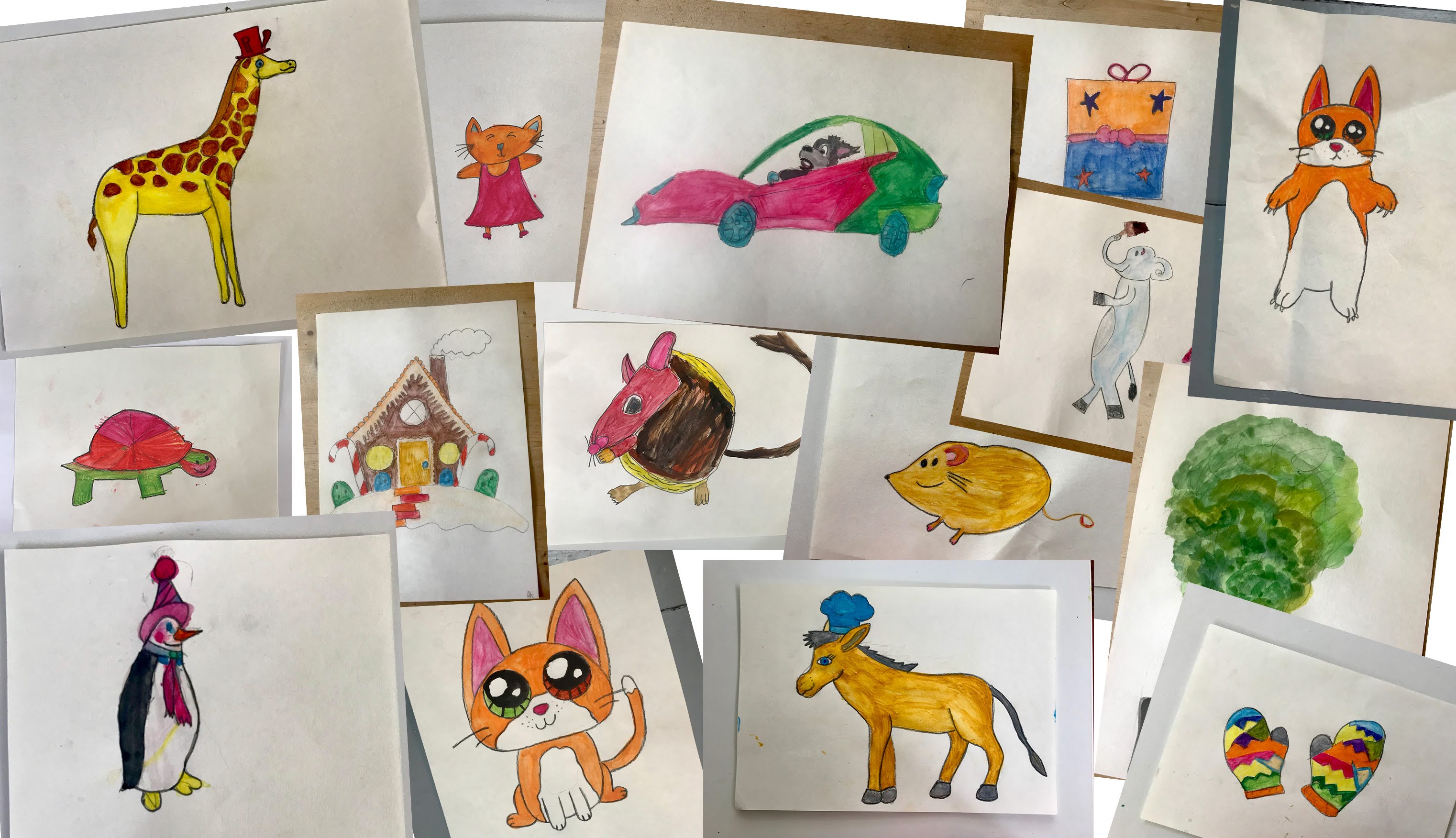Children 'get animated' in lockdown
Nikki Hepburn, an art teacher at Harmeny Education Trust, a residential school providing care and education to children aged 5-14 who have experienced early years trauma, describes how an animation project created an innovative and accessible way for young people to tell their own stories.


When Harmeny was asked by Simon and Katya from Little Animation Studio whether we’d be interested in piloting their story telling project for children, we jumped at the chance to get involved. However, we had no idea what a gift and challenge the experience would become.
Our short animated film, The Mice and Bakers, was an inspired way of allowing children from tough and complicated backgrounds to express their personal experiences and their desire for small acts of kindness. It also became an invaluable creative focus when coronavirus forced our residential community into lockdown.
Simon and Katya brought the know-how and used paper, pencils, and iPads to teach animation techniques to the children. Everything else was down to us.
I picked out some traditional stories for the children to get to know and to choose one as a model. They went with The Elves and the Shoemaker. But one girl wanted the story to be about cats – she had cats at home and so they’re important to her. And if you have cats, you have to have mice, right?
The kindness boomerang
The story evolved naturally, and the children’s narrative seemed to mirror aspects of their own experiences. The children suggested having abandoned kittens in need of care. One child wanted to include a donkey (the baker) – who became a giver of a home, warmth, and kindness. And the cats responded to that kindness (we didn’t want them killing any mice!) The mice now acted as if they were looking into a mirror – they saw kindness and offered it back again, a concept the children called the ‘kindness boomerang!’

Then lockdown hit, after just three out of an anticipated twenty workshops with Simon and Katya. Now they couldn’t come to see us. So, we were videoing on my mobile and getting advice and instruction that way. Meanwhile, with a lot of drawing to do, more children were getting involved. Our Deputy Head, Karen Eastwood, helped by working with the children on moving the different characters to create the movement within the animation. One boy really connected with this work, which is painstaking. It all took time – but what a gift of a project to have when so much other activity had to be put on hold.
The voice recording also took a lot of attempts and patience. The children were pleased Simon could manipulate the recordings so they sounded more cat or mouse-like. Because who likes hearing their own voice played back to them?
Humour shone through
Simon and Katya were really responsive. The children had taken many of the different animation techniques on board and were keen to bring all their various characters to life. So when they asked, ‘Can you do such and such this way?’ Simon helped them create the various movements they wanted to include – like stirring the cake mixture, sweeping the floor, and blinking.

It was the same with the dialogue. We started with the basic script we roughly drafted with Katya at the start, but the children said, “Can we do what we do in our Christmas shows?” – in other words, put bits of themselves in. Their sense of humour shone through, particularly with the idea of cats having “pawdicures”!
When we had a Harmeny premiere to show them what they’d achieved, they were a bit dumbfounded. They couldn’t believe how all the little things they’d done over such a long period of time had come together in such a professional way. “It was epic!”… “I didn’t expect for the movements to be so good”. . . “I liked when I saw my turtle there”. . . “I was proud of my drawings.”
The power of social media
The Mice and the Bakers is now being featured in an exhibition at the Glasgow Gallery of Modern Art – the first since the gallery was able to re-open after lockdown. The film is also being shared worldwide thanks to the power of social media. The children were thrilled to hear that it had been shown to pupils in a primary school in Melbourne, Australia.
Supported by professionals and staff, the children have discovered what a real jigsaw of skills and creativity can achieve. Above all they’ve had an opportunity to share their own story about the strength of kindness, using cats, mice, and donkey to do it.
The views expressed in this blog post are those of the author/s and may not represent the views or opinions of CELCIS or our funders.
Commenting on the blog posts
Sharing comments and perspectives prompted by the posts on this blog are welcome. CELCIS operates a moderation process so your comment will not go live straight away.


